Oscarsborg Fortress
Late in the evening April 8, 1940, the German cruiser Blücher approached the inlet to Oslo fjord. Blücher was accompanied by the cruisers Lützow and Emden and theire mission was to capture Oslo harbour. All this was part of Operation WESERÜBUNG, the German attack on Denmark and Norway, and its target was Oslo. Throughout the night between April 8 and 9, Blücher sailed carefully and silently into Oslo fjord, but they had been discovered and encountered sporadic resistance from various coastal batteries. The darkness and the dense fog that prevailed at the time made it difficult for both parties to see each other so Blücher continued at low speed towards Oslo.
Shortly after four o’clock in the morning, they approached Oscarsborg Fortress, which was located in the middle of the narrow Droebak’s strait about fourty kilometres south of Oslo. An old-fashioned fortress that had been inaugurated in 1855 by the then Swedish/Norwegian king Oscar I. The fort’s armament was also not considered able to offer any significant resistance, but the fortress commander, Colonel, Birger Eriksen, was of a different opinion. Despite ambiguities what to do if enemy ships approached, he ordered at 04:21 two of the fortress’ three 28 cm guns to open fire on Blücher.
Two rounds were fired and seriously damaged Blücher, she started to burn and difficault to manouver. In addition to the cannons on the fortress, smaller coastal batteries at Droebak also opened fire on Blücher, Lützow and Emden. Blücher, who for some reason had entered the fjord without being prepared for battle, could only answer the fire with it’s anti-aircraft guns. But the Germans had difficulty in the darkness and fog to locate where the rounds came from and tried to escape by increasing the speed. But she didn’t get far, at 04.30 Blücher was hit by two torpedoes which had been fired from a torpedo battery.
Blücher, already badly damaged and listed, were doomed and the commander, Oskar Kummetz, realized that the ship could no longer be saved. At 06.22, Blücher sank outside Askholmarna just over two kilometers north of Oscarsborg Fortress. Between 650 – 850 Germans followed her into the depth (90 meters). The other two ships Lützow and Emden were forced to turn around, especially bad was it for Lützow who had been hit several times by coastal artillery. The German attempts to take Oslo by sea had thus failed and gave the Norwegian government time to flee. Between 08:00 and 18:00 on April 9th, the fortress was subjected to intense bombing by the german air force. Eriksen understood that neither men nor material could resist the Germans and therefore chose to surrender to an overpowering enemy on April 10th.
After the war, Eriksen received awards for his duties April 9th, 1940, but he had to face a military commission in 1946 to explain why he had surrendered so early, and why he had not fired on Lützow and Emden. The Commission concluded that Eriksen had surrendered too soon, but avoided legal punishment. Eriksen died in 1958. For posterity, Eriksen has become a hero and associated with Norway’s freedom struggle during the war.
Current status: Preserved with museum (2012).
Address: Oscarsborgs fästning, 1443 Frogn.
Get there: Ferry from Droeback.
Follow up in books: Greene, Jack, Massignani, Alessandro: Hitler Strikes North: The Nazi Invasion of Norway & Denmark, April 9, 1940 (2013).
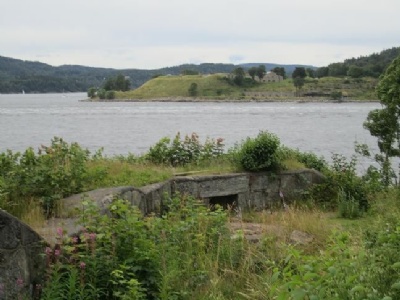
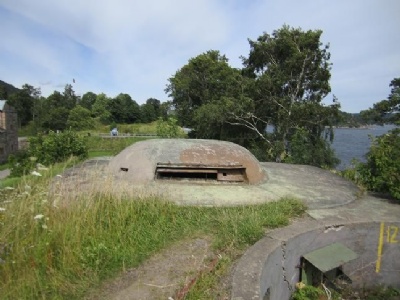
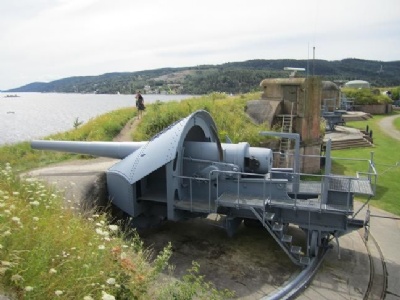
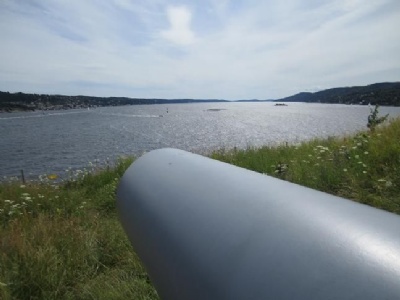
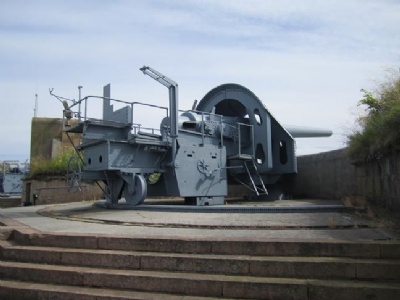
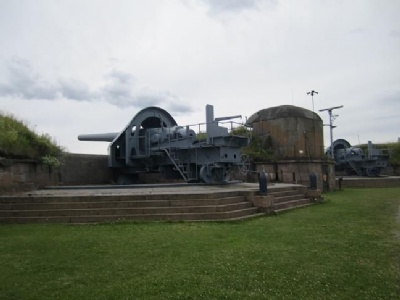

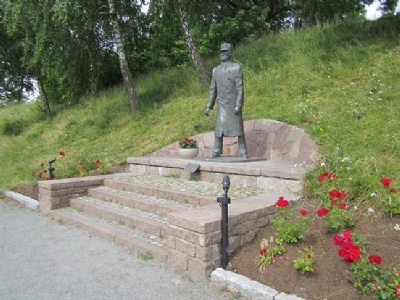
One might wonder why the Germans did not neutralize the fortress before Blücher approached to avoid the disaster that followed. But one likely reason is probably that the Germans had underestimated the norwegians and the sight of the german navy would cause the fortress to capitulate or be abandoned. This was in a way characteristic for the Germans who more than once underestimated their opponent’s will, resources and abilities to fight back while their own resources and abilities were often overestimated.